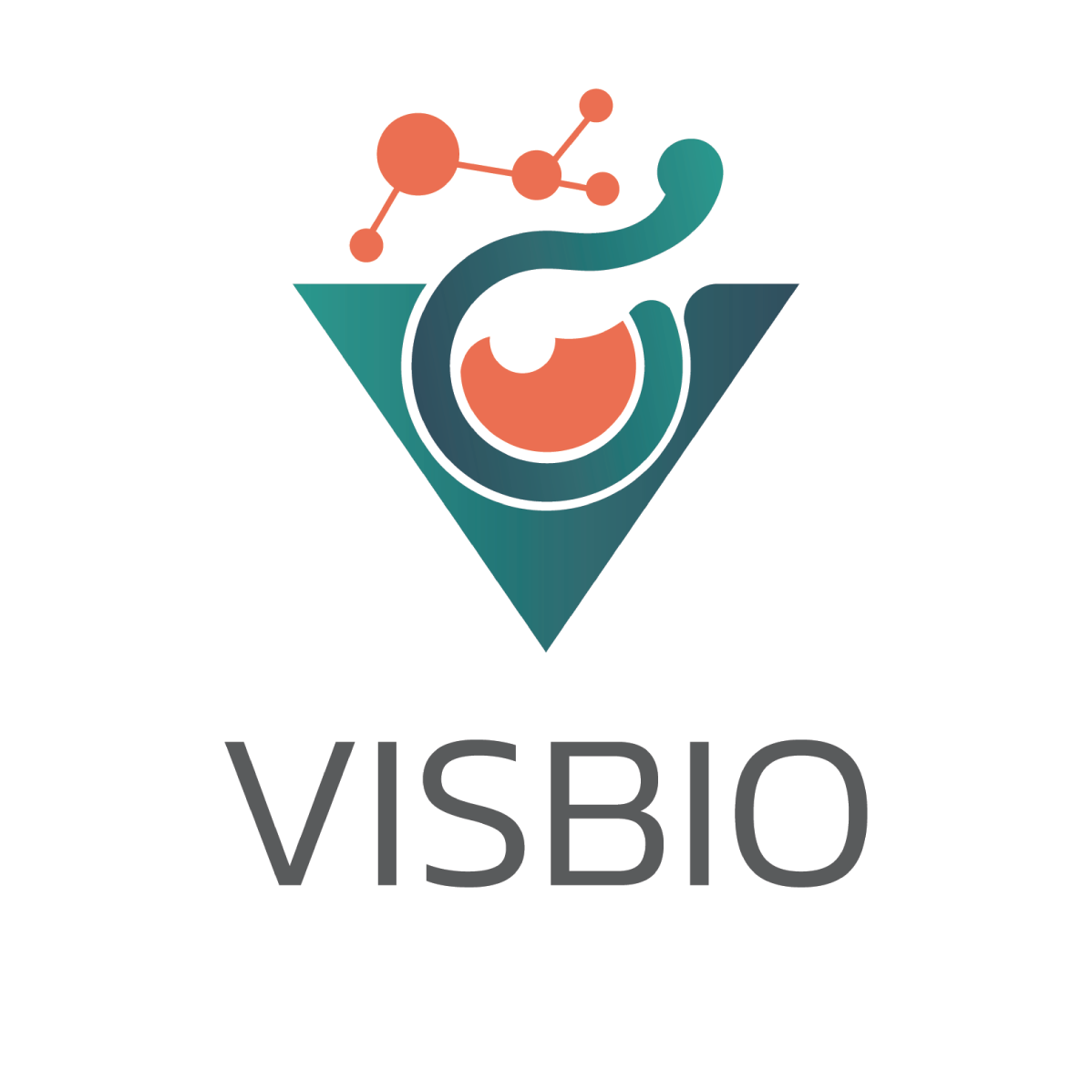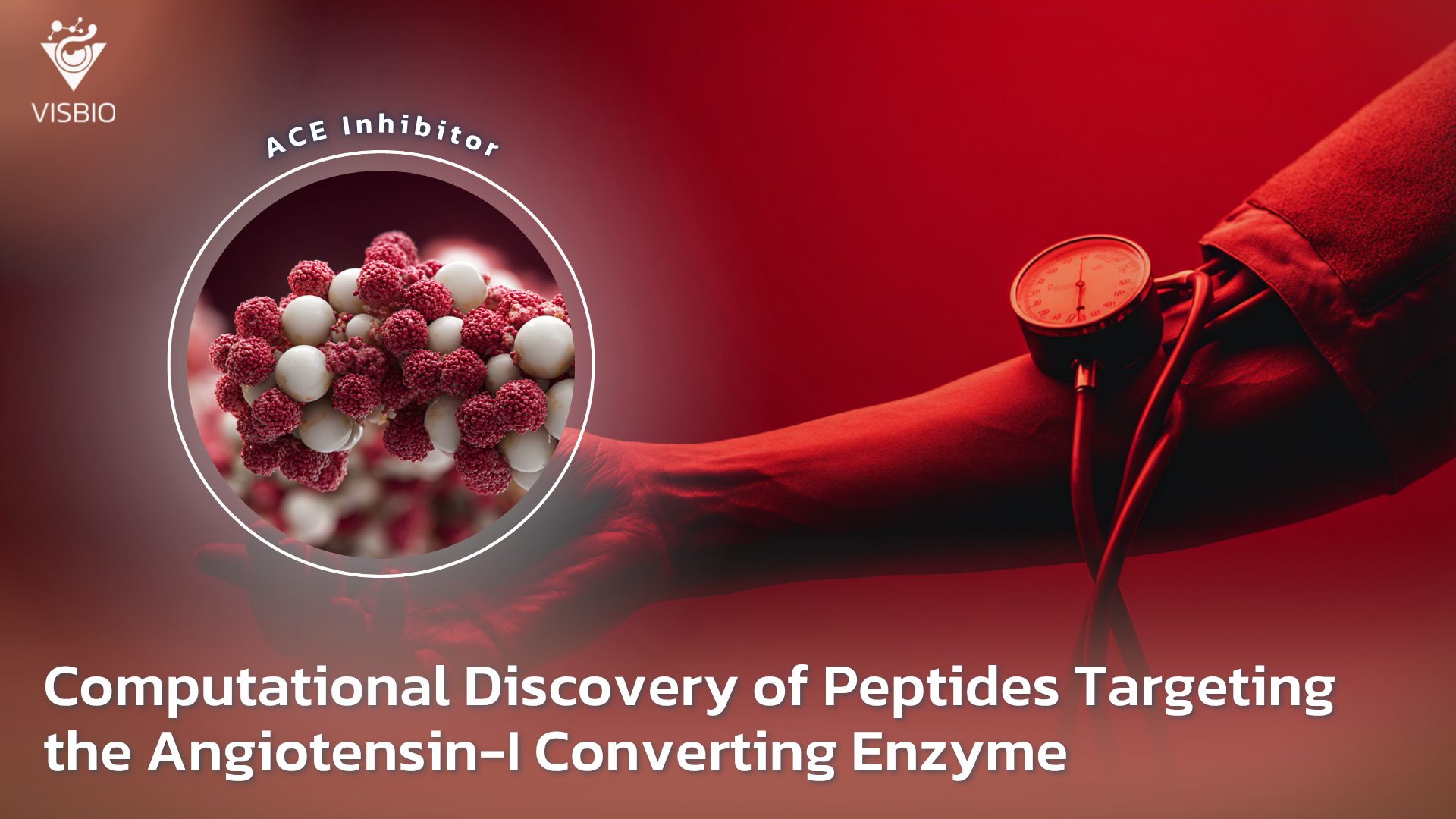The global fight against hypertension, a primary driver of cardiovascular disease and a condition rightly known as the “silent killer” is at a critical juncture. While effective pharmaceutical drugs exist to inhibit the Angiotensin-I Converting Enzyme and control blood pressure, their long-term use can lead to a host of side effects, from a persistent dry cough to more serious complications. This has created a powerful and sustained demand from consumers and healthcare industries for safer, natural, and scientifically-validated alternatives. This article highlights a revolutionary study, co-authored by Associate Professor Dr. Kiattawee Choowongkomon, that represents a paradigm shift in how such natural solutions are discovered.
By moving beyond traditional laboratory methods and into the powerful realm of computational science, this research has developed a rapid and precise discovery platform. It works by creating a virtual library of thousands of potential candidates to identify novel, highly potent anti-hypertension peptides. This innovative strategy transforms the discovery process from a game of chance into a systematic and highly targeted search, allowing researchers to evaluate a vast landscape of potential candidates with unprecedented speed and precision.
A Paradigm Shift from Traditional Discovery to In Silico Innovation
For decades, the discovery of bioactive peptides for health applications has followed a conventional, often slow, and laborious path. The standard method involves taking a natural protein source (like milk, fish, or plants), breaking it down with enzymes (hydrolysis), and then painstakingly testing the resulting complex mixture of countless peptide fragments to see if any possess the desired biological activity. This “grind and find” process is not only time-consuming and expensive, burning through resources and reagents, but it is also heavily reliant on chance, with no guarantee of finding a potent molecule.
This groundbreaking research sidestepped these limitations by adopting a cutting-edge in silico or computational approach. Instead of starting with a physical protein, the scientific team began by creating a virtual library of all 8,000 possible tripeptides. Tripeptides are small molecules composed of just three amino acids, a size known to be effective for inhibiting the Angiotensin-I Converting Enzyme and are often readily absorbed by the body. This strategy allowed the researchers to evaluate a vast landscape of potential candidates with incredible speed and precision.
From a Virtual Library to a High-Potential Shortlist
The core of this in silico discovery platform was molecular docking. This sophisticated computer simulation technique acts like a digital lock-and-key mechanism. It virtually tests how well each of the 8,000 tripeptides from the library could physically bind to the human ACE enzyme, the primary target. Each peptide was given a “ChemScore,” a numerical value representing the predicted strength of its binding affinity. A higher score indicated a more promising candidate for inhibiting the enzyme’s function.
This process generated a ranked list, and the top 662 high-scoring peptides were selected for a deeper analysis using data mining. By applying “association rule” algorithms, the researchers were able to identify recurring chemical patterns among the most successful candidates. The results were clear and consistent with previous biological studies: the most effective peptides predominantly featured hydrophobic and aromatic amino acids, particularly at the first and third positions. The amino acid Tryptophan (W), which possesses both of these properties, appeared with remarkable frequency. This data-driven insight not only validated the accuracy of the docking simulations but also provided a clear chemical “blueprint” for what makes a potent inhibitor.
The Critical Step In Vitro Validation Reveals a Champion Peptide
While computational predictions are powerful, they must ultimately be proven in the real world. Based on the strength of the docking scores and the patterns revealed by data mining, the research team selected five of the most promising, Tryptophan-rich tripeptides for physical synthesis and in vitro laboratory testing. These five candidates, WCW, IWW, WWW, WWI, and WLW were tested to determine their half-maximal inhibitory concentration (IC50), the gold-standard measure of potency.
The results were a stunning validation of the in silico approach. One peptide, WCW (Trp-Cys-Trp), proved to be dramatically more effective than the others. With an IC50 value of just 49.50 µM, it was approximately ten times more potent than the next-best candidates, IWW (489.14 µM) and WWW (536.02 µM). This marked the successful identification of a novel and highly effective peptide that inhibits the Angiotensin-I Converting Enzyme. The significant drop-off in potency for WWI (752.91 µM) and WLW (1,783 µM) further demonstrated that even small changes in the amino acid sequence can have a massive impact on biological activity, reinforcing the value of the precision offered by computational screening.
Understanding Success at the Molecular Level
To understand precisely why the WCW peptide was so much more effective than the other candidates, the researchers performed a 25-nanosecond molecular dynamics simulation. This advanced computational technique goes beyond static docking by modeling the real-time movement, flexibility, and interaction of the peptide within the ACE enzyme’s active site. It creates a “movie” at the atomic level, revealing the stability and nature of the binding over time.
The simulation revealed that the WCW peptide achieves a highly stable and favorable position, anchored by multiple strong hydrogen bonds. Specifically, the simulation showed that the Tryptophan (Trp) residue at the beginning of the peptide formed extremely stable hydrogen bonding interactions with key amino acids (Tyr523 and His353) in the enzyme’s critical S1 and S2 pockets. These pockets are known to be vital for the enzyme’s function. This deep molecular insight confirms that WCW’s power comes from its ability to form a strong, specific, and lasting interaction right where it matters most, effectively shutting down the enzyme’s activity.
Commercial Opportunity for Angiotensin-I Converting Enzyme Inhibitors
This research does more than just identify a single new molecule; it validates a powerful and efficient discovery platform. For the nutraceutical, functional food, and pharmaceutical industries, this represents a transformative opportunity to innovate and meet growing consumer demands.
- Accelerated Product Development: The in silico screening approach dramatically shortens the R&D timeline. Instead of spending months or even years on trial-and-error hydrolysis and screening, companies can now use this method to rapidly identify the most promising peptide sequences from any protein source, whether it be plant-based, marine, or from industrial byproducts. This allows a direct path to targeted validation and faster product development.
- High-Value, Patentable Ingredients: Novel, functionally characterized peptides like WCW are prime candidates for strong intellectual property protection. This allows for the creation of proprietary, high-margin products with a clear competitive advantage in the crowded marketplace for cardiovascular health supplements. It moves a product from a generic “protein hydrolysate” to a specific, patented “bioactive.”
- A Powerful Marketing Narrative: Products developed through this high-tech, computational approach have a compelling and unique story. It speaks of precision, innovation, and a move beyond traditional methods. This narrative strongly appeals to a sophisticated consumer base that values scientific validation and transparency, allowing brands to build trust and command a premium price point.
The Future of Discovering Peptides for the Angiotensin-I Converting Enzyme
The successful identification of the WCW peptide through a virtual library demonstrates that the future of bioactive ingredient discovery is digital. This computational protocol provides a clear and validated roadmap for finding novel active peptides for a wide range of health targets, unlocking the hidden therapeutic potential within countless natural protein sources. By combining the vast possibilities of natural chemistry with the precision of computational power, this method is not just a step forward; it is a leap into a new era of targeted, efficient, and data-driven research and development. This approach is poised to revolutionize how we find and create the next generation of natural health solutions.
Partnering with VISBIO to Commercialize Cutting-Edge Science
At VISBIO, our mission is to transform visionary scientific research into tangible products that improve health and wellness. The computational discovery platform and the novel peptides it has unveiled are a perfect example of the type of high-potential innovation we aim to bring to the global market. The journey from a computer simulation to a market-leading health supplement requires deep expertise in formulation, scale-up, regulatory navigation, and commercial strategy. We invite companies in the nutraceutical, pharmaceutical, and functional food sectors to partner with us. Let’s collaborate to translate this powerful science into the next generation of natural, effective solutions for cardiovascular health. Contact us for a free, no-obligation consultation to explore how this groundbreaking research can become your next commercial success.

About the Author:
Associate Professor Dr. Kiattawee Choowongkomon is a leading expert in biochemistry and proteomics, specializing in the development of bioactive compounds for therapeutic applications. His research bridges traditional medicinal knowledge with modern scientific innovation, creating impactful health solutions.


